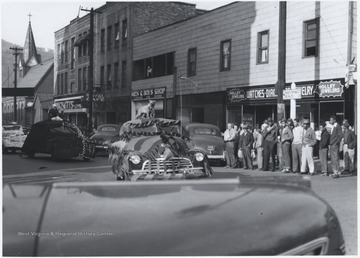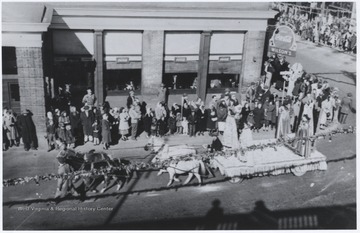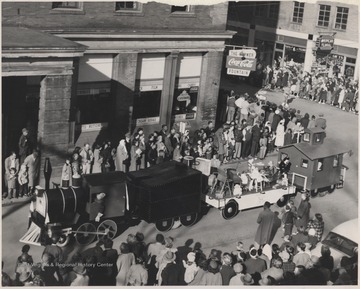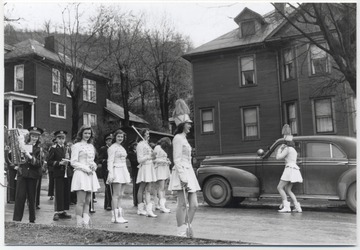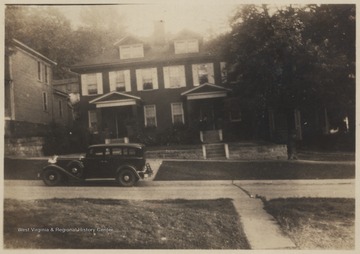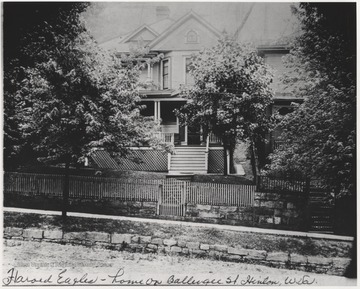Search Constraints
You searched for:
Geographic Names
Ballengee Street (Hinton, W. Va.)
Remove constraint Geographic Names: Ballengee Street (Hinton, W. Va.)
Medium
print
Remove constraint Medium: print
Projects
West Virginia History OnView
Remove constraint Projects: West Virginia History OnView
« Previous |
1 - 12 of 32
|
Next »
Search Results
- « Previous
- Next »
- 1
- 2
- 3


